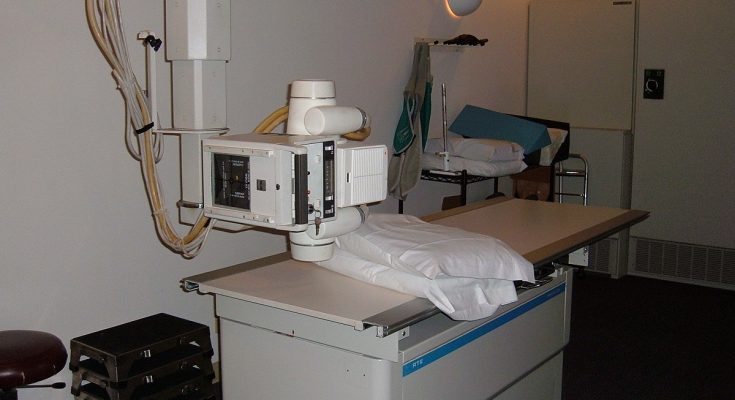X-ray imaging is a well-known medical imaging technique. Medical X-rays are used to generate image of tissues and structures inside the body. The global X-ray imaging market is growing at a significant rate, due to growing geriatric population, increasing prevalence of chronic diseases, and increasing healthcare expenditure. In addition, the technological advancement of X-ray and increasing need for diagnostic imaging procedures are also driving the growth of the global X-ray imaging market.
Technological advancement in medical imaging significantly revolutionized existing clinical practices. The continuous research and development for the development of technologically advanced X-ray imaging is fuelling the growth of the global market. The technological advancements have led to the product innovations and development, such as digital and mobile X-ray systems. Earlier, most of the X-ray images were recorded, stored and interpreted on X-ray films; however, the advancements in technology has led to the developments of affordable digital X-ray imaging systems. Diagnostic images now can be stored and interpreted in digital signals. Moreover, low dose imaging, large area detection and energy resolution are revolutionizing X-ray detection technologies. In the coming years, the X-ray imaging would have high resolutions, cheaper hardware, and less harmful smaller doses of ionizing agent. Therefore, technological advancement in X-ray imaging is expected to have significant positive impact on the growth of the global X-ray imaging market.
X-rays has been vital medical imaging tools for several decades. However, there are some risks associated with X-rays, including mutation in DNA, leading to cancer in the later stage of life. A small increase in X-rays exposure may develop cancer. X-ray induced cancer depend on the age of the patient, a dose of radiation, the organ irradiated and the sex of the patient. The female patients are more sensitive to radiations. While, the patients exposed to radiation at a younger age are at higher risk, as compared to the patients exposed to radiation at an older age. Another risk associated with the X-ray imaging is the reaction of dye or intravenously injected contrast agent. Sometimes, in X-ray imaging, the intravenously injected contrast agent is used to improve visualization. Some of the other risks of X-ray imaging due to the high exposure to ionizing radiation include cataracts, hair loss, and skin reddening. All the aforementioned factors are expected to hinder the growth of the market to some extent.
Some of the key companies operating in the global x-ray imaging market include Koninklijke Philips N.V., Siemens AG, Hitachi Ltd., General Electric Company, Shimadzu Corporation, Toshiba Corporation, Hologic Inc., Carestream Health Inc., Carestream and Fujifilm Corporation.




